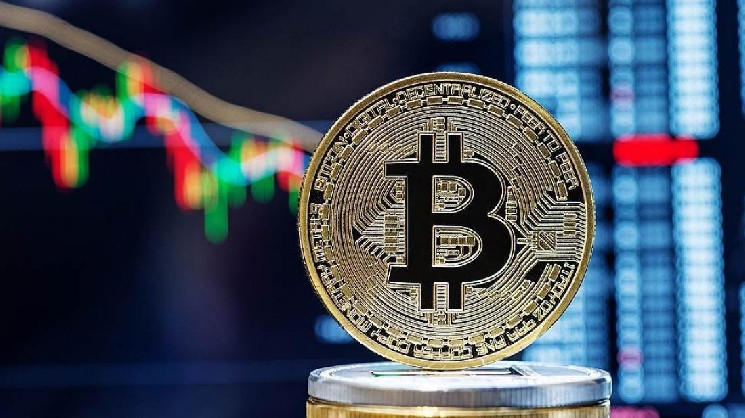Why has the price of bitcoin risen?

Early in the morning of October 24, the bitcoin rate rose sharply to 35 thousand, reaching a level that was last recorded in May 2022. A few hours before the start of the growth, it became known that two large companies - BlackRock and Grayscale - were close to approving applications for their own exchange-traded funds (ETFs) for bitcoin. The launch of such ETFs is considered in the crypto community to be a catalyst for a new bull cycle in the market, writes RBC Crypto.
The price move came after data on BlackRock's bitcoin ETF, called the iShares Bitcoin Trust, appeared on a list maintained by the Depository Trust and Clearing Corporation (DTCC). "This is the first spot ETF to be listed by the DTCC, there are no others yet," wrote Eric Balchunas, senior ETF market analyst at Bloomberg. "It's notable that BlackRock is leading the way in the preparation phases that usually take place just before launch. It's hard not to see this as a signal that approval [of their bitcoin ETF] is imminent."
Various exchange traded funds (ETFs), including gold funds, have trillions of dollars in assets under management. In the crypto community, it is generally believed that even a small percentage of this capital can affect the global crypto market in the future. Now several management companies are waiting for the approval of their own bitcoin ETFs by the US Securities and Exchange Commission (SEC).
If their ETFs are approved, the demand for cryptocurrency will grow: when buying shares of funds, the supply of bitcoin as an underlying asset is implied, that is, its direct purchase on the market, affecting the rate. BlackRock alone manages assets totaling about $9 trillion. According to the analytical company Chainalysis, North America is the largest cryptocurrency market, with an annual turnover of approximately $1.2 trillion. This amount exceeds 24% of the global annual cryptocurrency transaction volume.
Growth Factors
Shortly before the rise, it also became known that the court issued an order obliging the SEC to review Grayscale's application to convert its Grayscale Bitcoin Trust (GBTC) into a full-fledged spot bitcoin ETF. Grayscale has been seeking this since 2021, when it first sued the regulator, challenging its past refusals to consider its application. The amount of assets in her trust exceeds $19 billion.
The growth of recent days is the result of the implementation of a number of factors, explains cryptocurrency market analyst Viktor Pershikov. On the one hand, a significant buying position was formed in the range of $26-28 thousand, which is clearly seen in the growth of open interest in recent weeks.
"Obviously, most of the demand was formed based on expectations of approval of spot bitcoin ETFs," Pershikov explains, speaking about the factors that influenced the growth of the cryptocurrency.
"Geopolitics has also played a role: the rise in gold prices against the backdrop of problems in certain regions has quite often led to an increase in the price of bitcoin in the past."
According to Andriy Podolyan, CEO of the Cryptorg trading platform, it cannot be completely ruled out that the buyout was made by ETF market insiders, who benefit from heating up demand from retail traders. In addition, geopolitical instability has borne fruit: along with gold, investors prefer to choose bitcoin, Podolyan agrees with the previous expert.
What's Next
Another important factor that added impetus to the growth of the bitcoin rate was the exit from a narrow trading range that had been forming since the summer, Pershikov adds. This led to the liquidation of a significant volume of short positions, the expert explains.
During the day, a sharp increase in the rate of bitcoin and other cryptocurrencies provoked a massive forced closure of margin positions of traders who were unable to add collateral to their orders. More than 70% of them were "short", that is, they bet on the fall of the market. According to Coinglass, a service that tracks the wallets of major crypto exchanges, positions totaling $400 million were forcibly liquidated from October 23 to 24.
A short position (short position) involves selling an asset that the trader does not own and borrows it from the exchange. A trader opens a short position, hoping to buy back the asset after the price drops and thereby make money on the decline in value. A significant increase in the price of an asset often provokes a situation called a "short squeeze": a sharp increase forces traders to close short positions and buy back the asset to return it to the exchange. This, in turn, provokes an even greater increase in prices.




